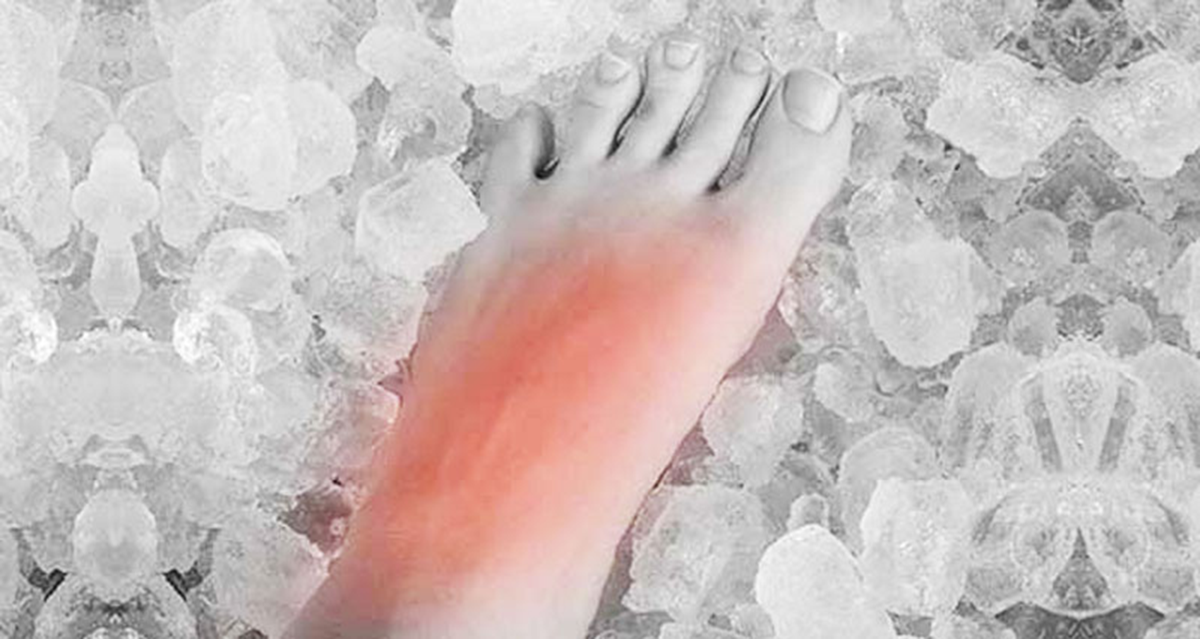We explain the causes of pain on top of the foot, including Extensor tendinopathy and Navicular stress fracture. We also underscore critical conditions, like the Lisfranc injury, that you must not overlook.
Medically reviewed by Dr Chaminda Goonetilleke, 20th Jan. 2022
Extensor Tendinitis/Tendinopathy
Extensor tendinitis, more accurately referred to as tendinopathy, involves damage or degeneration of the extensor tendons that run along the top of the foot. This overuse injury gradually presents symptoms over time rather than due to a single traumatic incident.
Common indications include:
- Gradual pain over the top of your foot
- An aching sensation that worsens with running and alleviates with rest
- Potential swelling or redness over the top of your foot
Read more on Extensor tendinitis.
Lisfranc Injury
The Lisfranc injury, dislocation or fracture in the midfoot, can have severe long-term implications if overlooked. This injury occurs at the joint where the short tarsal bones meet the long metatarsal bones in the foot.
Symptoms include:
- Midfoot pain
- Difficulty bearing weight on the foot
- Pain while going onto your toes
- Possible, but not always apparent, bone deformity
- Swelling and tenderness over the joint area
Seek immediate medical advice if you suspect a Lisfranc injury or a midtarsal joint sprain.
Midtarsal Joint Sprain
An injury or tear to any ligaments holding the midtarsal bones together constitutes a midtarsal joint sprain.
Symptoms and severity depend on the specific ligaments affected and can include:
- Pain on the outside middle of the foot
- Possible swelling on the outside and/or top of the foot
- Pain triggered by specific movements
While rare, gymnasts, footballers, and jumpers commonly experience this injury. Be aware that any midfoot sprain or fracture may be indicative of a serious Lisfranc injury.
Navicular Stress Fracture
This condition refers to a hairline fracture of the Navicular, one of the tarsal bones. It commonly affects athletes, particularly those engaged in explosive sprinting and jumping activities.
Symptoms include:
- A poorly localized ache in the midfoot area that worsens with exercise
- Pain that may radiate along the inside arch of the foot
- Pain and tenderness over the Navicular bone itself (known as the ‘N spot’)
Morton’s Neuroma
Morton’s neuroma, also known as Morton’s syndrome, occurs when a nerve becomes trapped between the third and fourth toes.
Symptoms include:
- Pain, numbness, and a tingling sensation over the top of the forefoot
- Pain exacerbated by weight-bearing activities, particularly up to the toes
- Symptoms that can be replicated by squeezing the forefoot to further compress the nerve
When to Consult a Doctor
Seek professional medical advice if you:
- Experience severe pain or swelling and are unable to complete normal daily tasks three days after injury
- Have any change in sensation in your foot such as numbness, or pins and needles
- Have rested and applied the PRICE principles for two weeks with no relief

